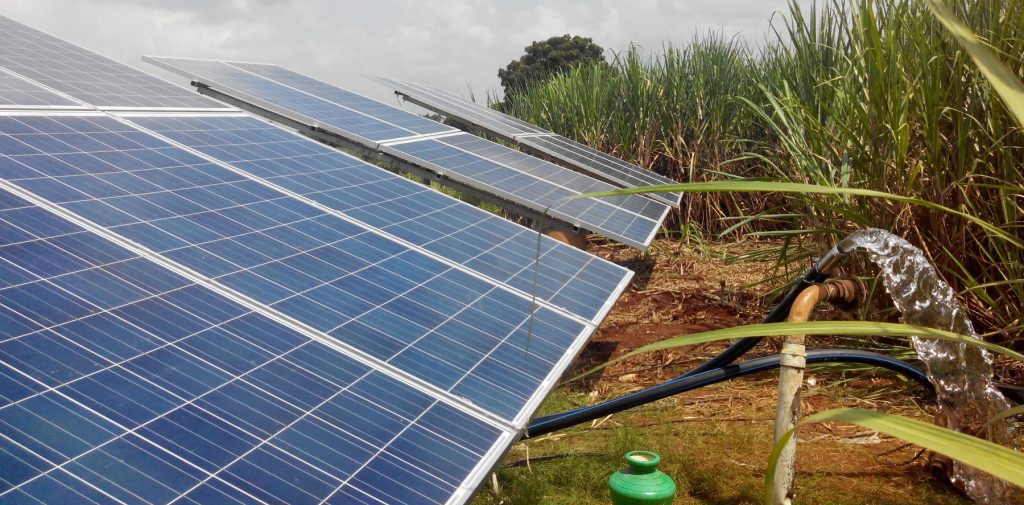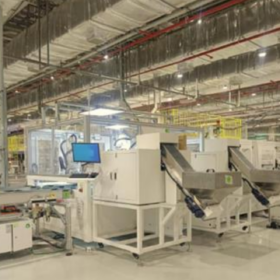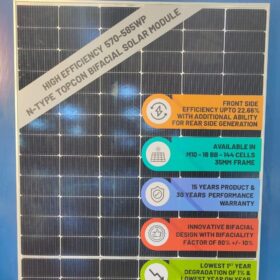Tripura Renewable Energy Development Agency has invited bids for solarization of 1300 numbers of grid-connected 2 HP agriculture pumps under KUSUM (Kisan Urja Suraksha evam Utthan Mahaabhiyan) Scheme of the The Ministry of New and Renewable Energy (MNRE). The projects are to be set up on turnkey basis.
To be eligible, the bidder should have minimum average annual turnover of Rs 10 crore in the last three financial years.
The selected bidder shall be responsible for design, manufacture, supply, erection, testing and commissioning of the installed solar system (excluding the motor-pump sets). Completion period is 8 months from the award of contract.
The developers shall provide 5-year comprehensive maintenance for the installed system and 25-year performance warranty for PV modules. They shall also be required to set up their operation, repair and maintenance centers for providing effective repair/maintenance services to the beneficiaries.
The generated solar power will be utilized for captive application and the surplus power may be fed to the grid as per the grid connectivity specified in Tripura Electricity Regulatory Commission Regulations on Net-metering.
Solar array
The solar water pumping system should be operated with minimum PV array capacity of 2000 W measured under Standard Test Conditions (STC). The power output of individual PV modules used in the PV array, under STC, should be a minimum of 250 Wp, with adequate provision for measurement of tolerances. Use of PV modules with higher power output will be preferred. The PV modules should be indigenous. The module efficiency should be minimum 15% and fill factor shall be more than 70%.
This content is protected by copyright and may not be reused. If you want to cooperate with us and would like to reuse some of our content, please contact: editors@pv-magazine.com.









One look at the specifications for this TREDA Kusum initiative and you realize how unnecessarily complicated the requirements are. Let me explain :
[1] The key requirement is that EXISTING pumps with 2HP motors need to be Solar enabled.These pumps already are running on AC grid and presumably with Single phase supply and the intention is to export the excess power generated from the Solar PV panels when the pumps are not being used to the grid.
Given the above, the most cost effective approach would have been is to use a GRID TIED Inverter, that combines the Grid power with Solar power and run the pumps. When the pumps are not being used the power generated goes to the grid. BUT NO – the specification adds this line : ” PUMP TO RUN ON SOLAR POWER ONLY and NO POWER WILL BE DRAWN FROM THE GRID FOR THE OPERATION OF THE PUMP .” (Emphasis mine) .
Why do they complicate and increase the cost by stating this ! If the pumps must not draw power from the grid to run, then you would need a Pump controller with a Variable Frequency Drive that will drive the speed of the motor based Solar availability. (Cost increase !). And because the motor is going to run based on Solar availability, the time required to run the pump to do the job will increase, so reducing the time when export of power to the grid is possible.
TREDA could got better return on investment by removing that line in the specifications OR alternately Not asking for the export of power to the grid !
Centralized Multi MW size PV Plants create a need for Transmission and Distribution Infrastructure. Rooftop Off-Grid Systems eliminate this expenditure altogether.
In addition, Dual-Use Agrovoltaics is the “way forward” for India with its huge Solar and Agricultural Land Resources. It provides the potential to greatly increase the income of over 50% of the rural population by expoiting this “dual-use” Option.
But will the Netas and Babus (Politicians and Bureaurats) permit this? This is the REAL CHALLENGE FIR THE MODI (AND FUTURE) GOVTS…. to not allow “third parties” to dip/wet their hands and then choke the whole process.